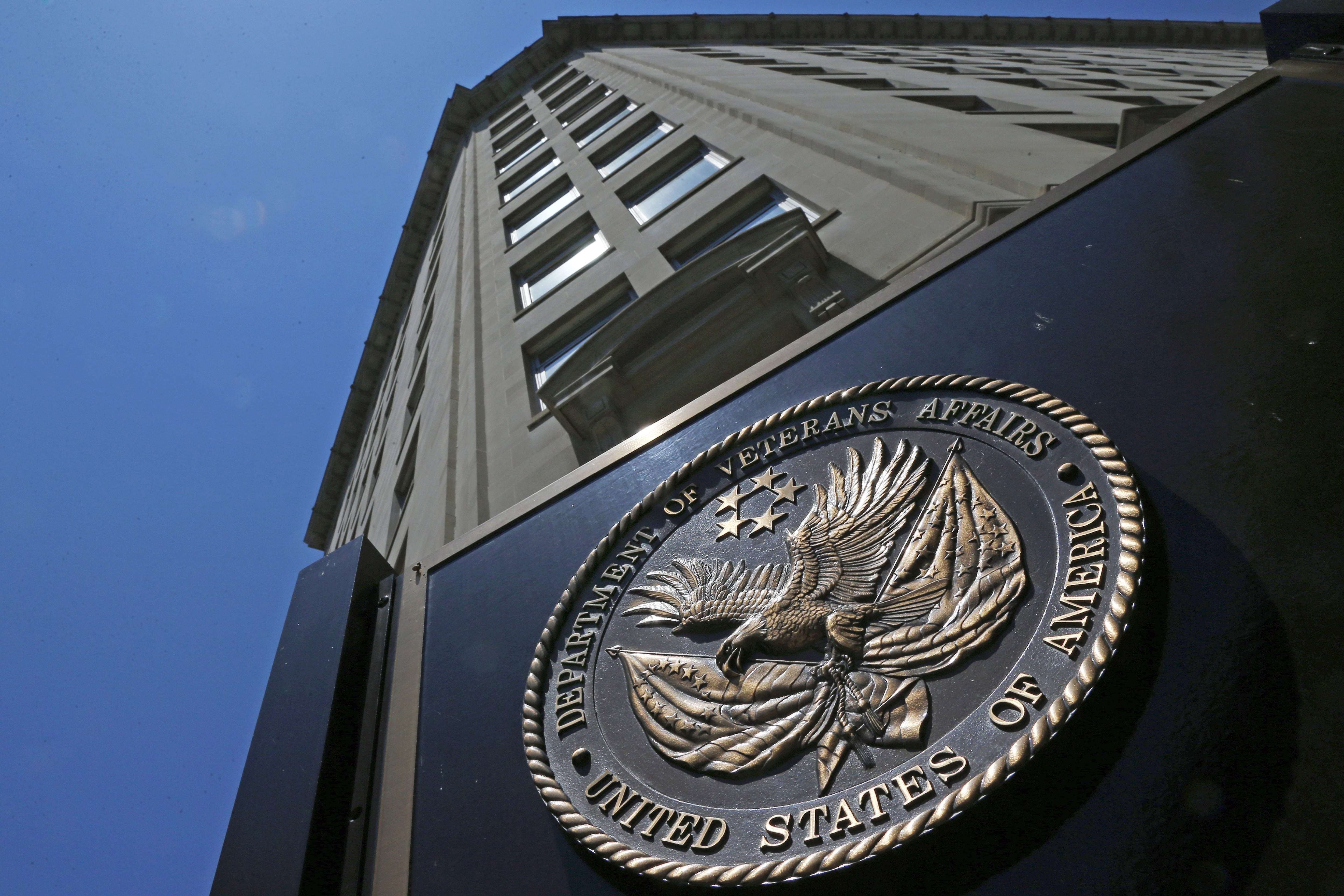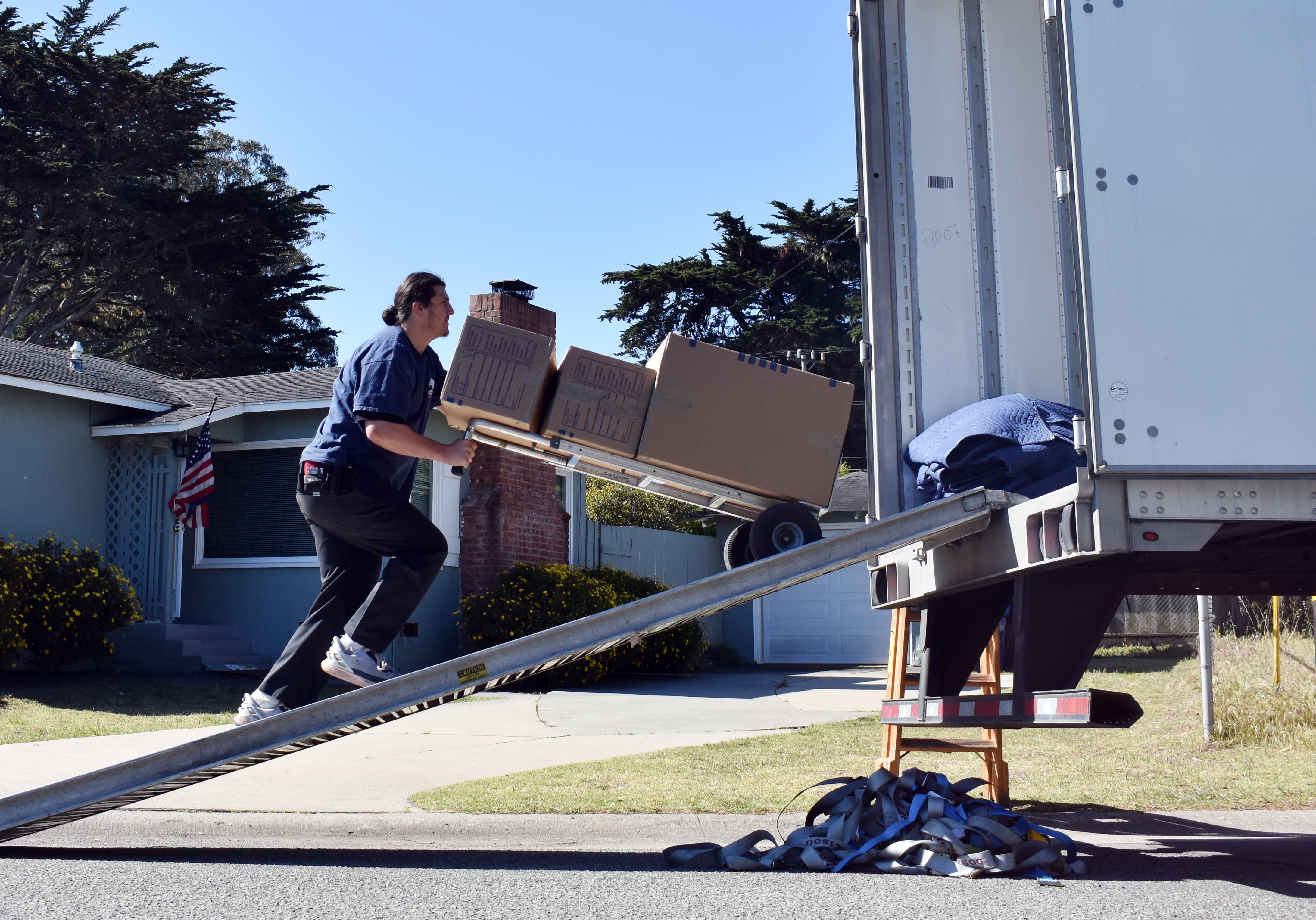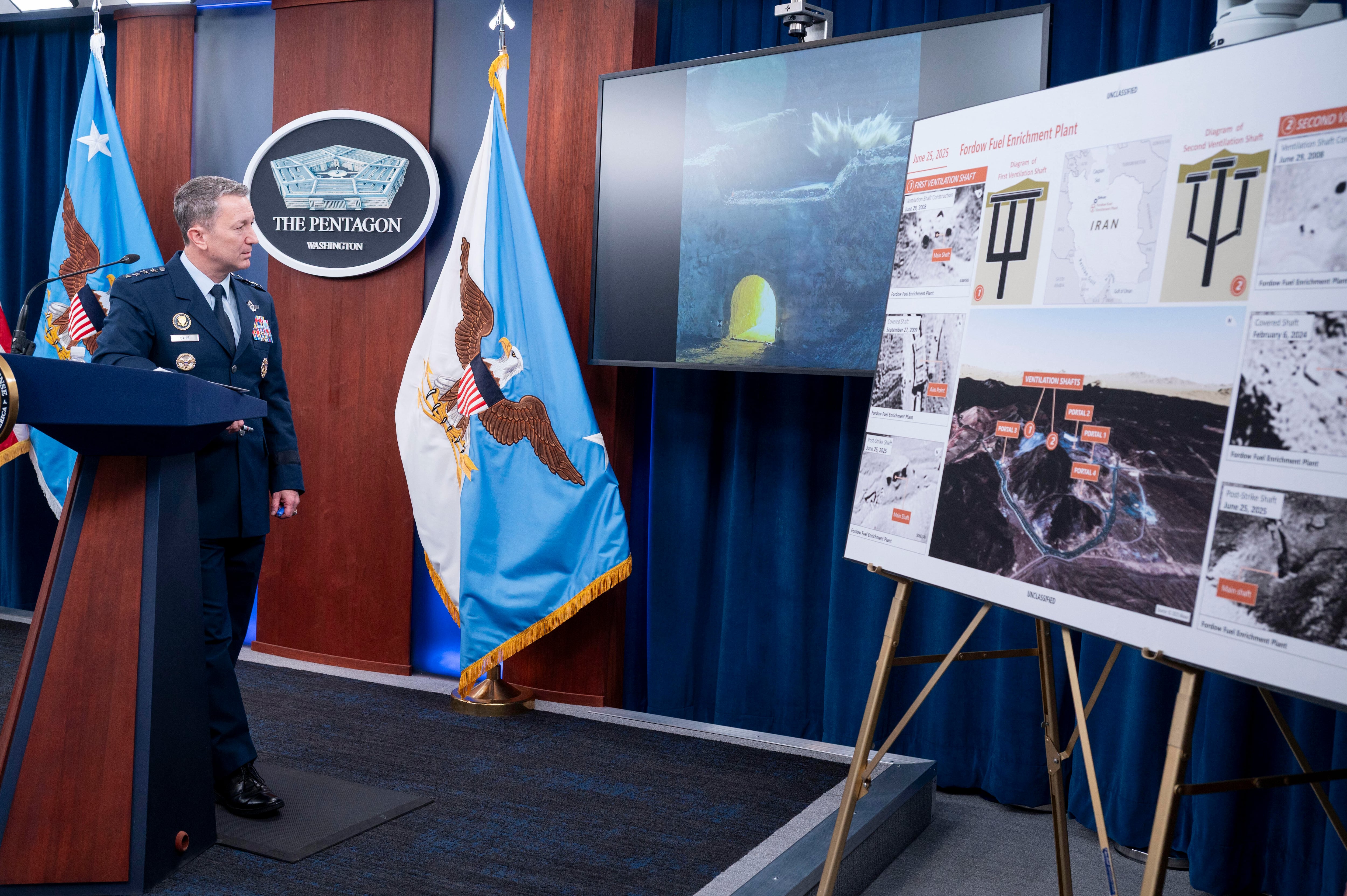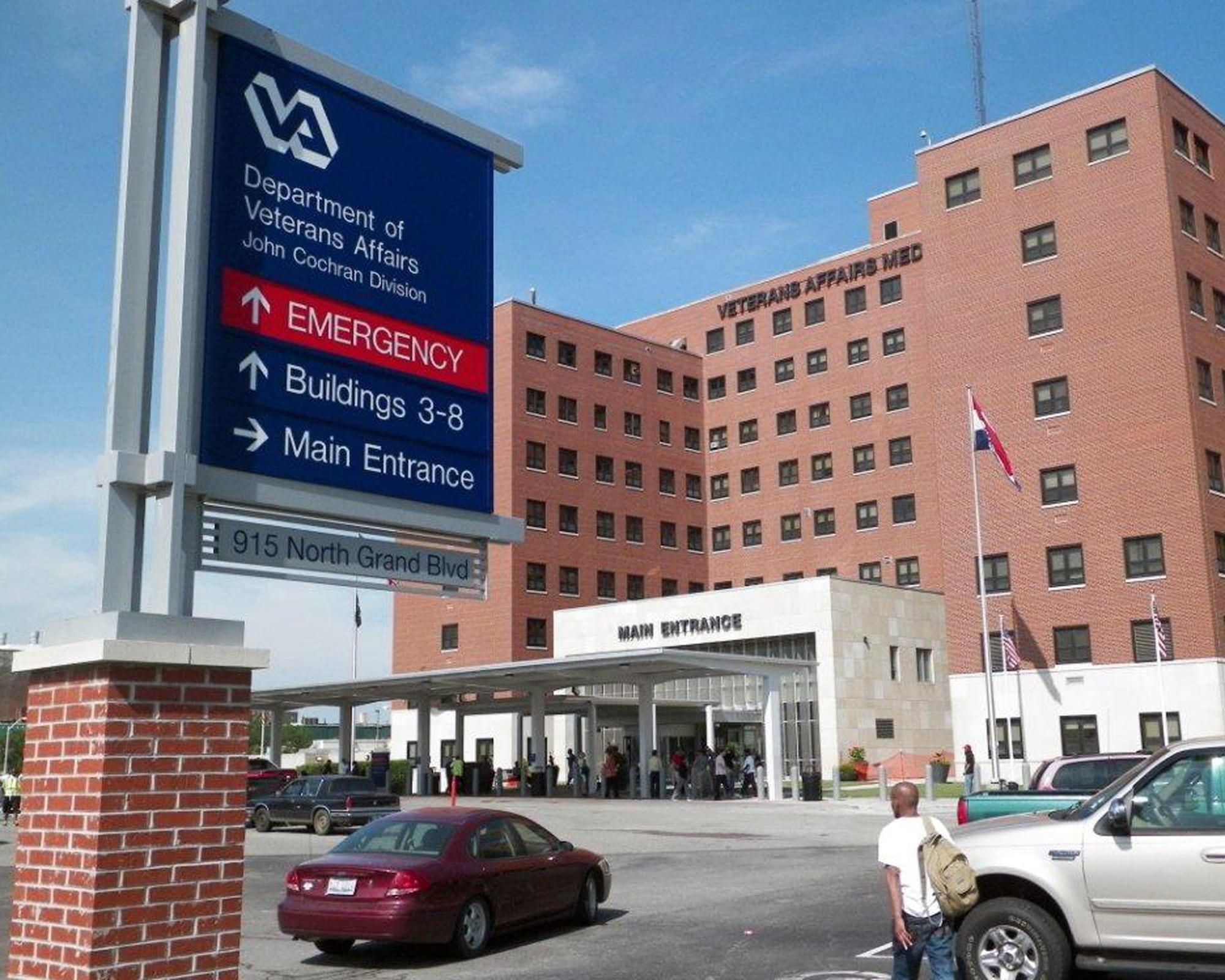Brig. Gen. Christopher Craige has taken command of U.S. and NATO efforts to train the Afghan air force as the Taliban are reportedly inflicting heavy casualties on Afghan security forces.
On Monday, Craige assumed command of Train, Advise, Assist Command — Air. He is in charge of more than 600 international troops and contractors who are training the Afghans to fly and maintain their Mi-17 transport helicopters, Mi-35 attack helicopters, MD-530 light attack helicopters, Cessna C-208B aerial ambulances and C-130 cargo aircraft.
"To say it's an honor and privilege to take command today is an understatement," Craige said in an Air Force news story. "I have been greatly impressed by the successful partnership TAAC-Air has fostered and all the Afghan air force has achieved."
More than 220 U.S. airmen work out of Kabul and Kandahar with the goal of getting the Afghan air force self-sufficient by 2017. Since it began in 2007, the training mission has had major stumbles. The Defense Department spent $486 million on 20 C-27As for the Afghan air force, but 16 of the planes were later sold as scrap. In 2012, the entire Afghan air force was grounded for not properly maintaining its aircraft, forcing all the crews to retrain to be requalified.
On Monday, Army Gen. John Campbell, commander of U.S. forces in Afghanistan, said the Afghan air force has come far in a short time.
"Starting from nearly scratch only a few years ago, this is an extraordinary success story — air forces are inherently complex and extremely difficult to develop and maintain," Campbell said in the Air Force news story. "Due to the combined efforts of the great men and women of TAAC-Air, the Afghan air force is now doing all of this [and] I have been amazed at what the Afghan air force is now able to do. They are proving to be one of the most capable air forces in the region … and they're going to get even better."
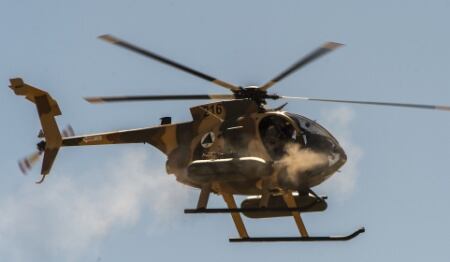
Without NATO and the U.S. providing close air support, the Afghan air force have had to rely on their armed helicopters.
Photo Credit: Staff Sgt. Perry Aston/Air Force
The Afghan air force has more than 130 aircraft, and like the rest of the Afghan security forces, they are in the teeth of the fight against the Taliban.
Even before the U.S. combat mission in Afghanistan officially ended in December 2014, the U.S. and NATO stopped flying most close air support missions for Afghan security forces. Meanwhile, Afghan casualties have been skyrocketing. The Taliban killed 4,636 Afghan troops and police in 2014. In the first six months of 2015 alone, about 4,100 members of the Afghan security forces had been killed, according to The New York Times.
The Afghans rely on their relatively small fleet of Mi-35, MD-530 and armed Mi-17 helicopters for air support. By the end of the year, the Afghan air force is expected to field its first A-29 Super Tucano close air support aircraft. The Afghan pilots are training at Moody Air Force Base, Georgia.
TAAC-Air is also training the Afghans on how to use their Mi-17 helicopters, C-208 Cessnas and C-130s to transport wounded Afghan troops and police to the hospital.
While the Afghans are showing improvement, Afghan pilots' training is frequently interrupted by the need to fly missions, Air Force Maj. Josh Peterson, who trains Afghans to fly C-208s, told Air Force Times for a June 15 story.
"I think the biggest thing they need is they need more training," Peterson said in an interview. "They're trying to learn the missions at almost the exact same time that they are asked by their commanders to go out and fly combat missions. It is very difficult to do because there are just not enough resources, both aircraft and pilots, to fly as many training sorties that they need while they're in the middle of a fighting season."

